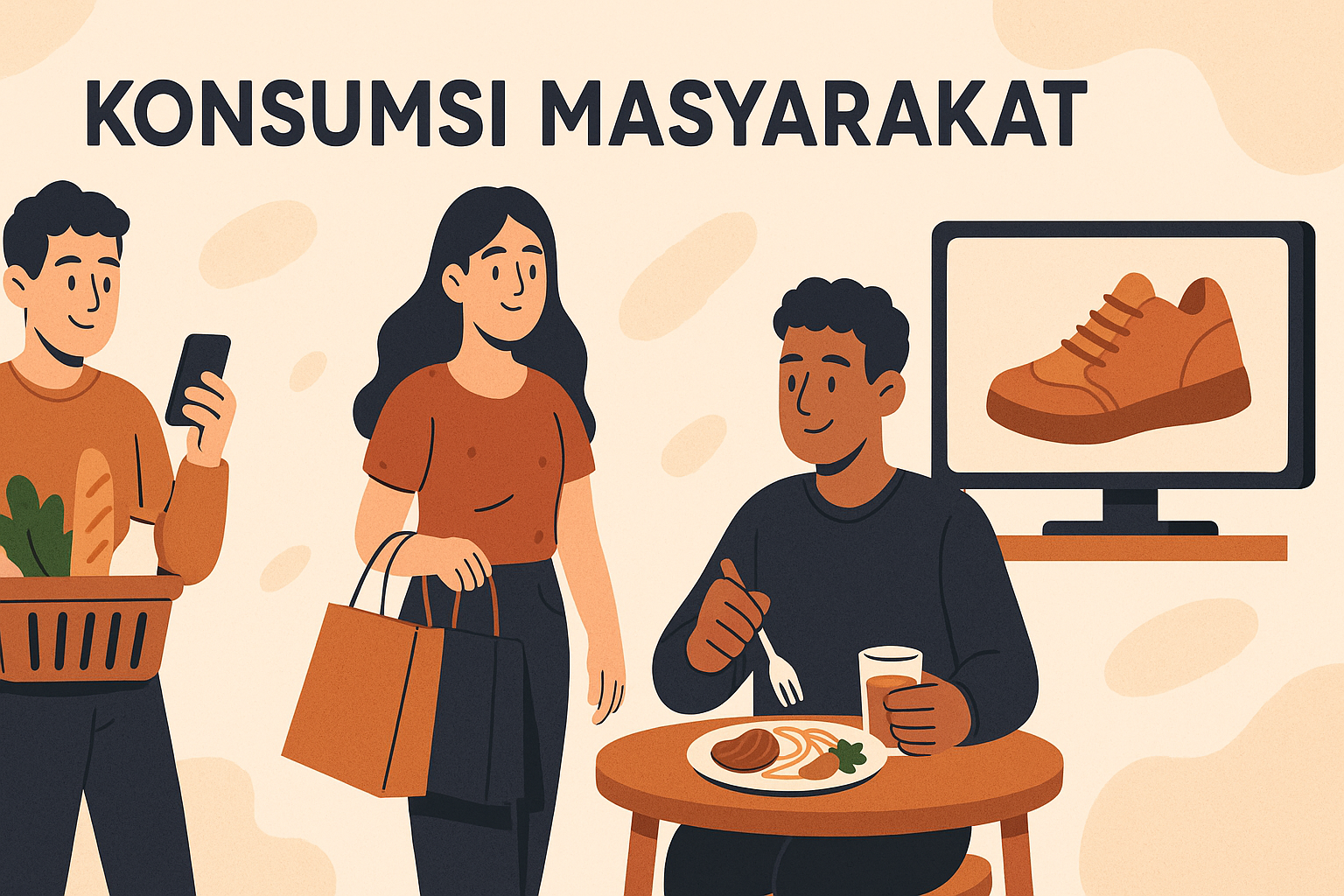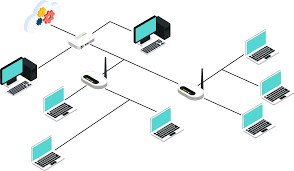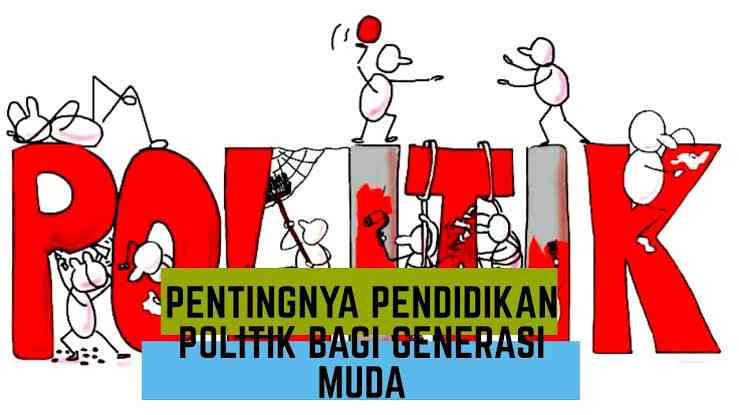
JAKARTA, inca.ac.id – Alright, let’s get real—Broadband Access: Unlocking Knowledge for Remote and Rural Areas is a phrase that hits close to home for me. Years back, I spent a couple of months in a small village on the edge of Sumatra. Beautiful, yes. But if you tried to Google anything? Forget it! Sharing photos? Maybe next year, if the signal felt generous. That’s when it hit me—how big a gap truly exists between us city folk and those living far away from the city buzz. It’s like living in two parallel worlds. But here’s what I found about bridging it—and why it matters.
The Power of Knowledge (and How Broadband Access Fuels It)

So, let me spill the beans. When you think about “knowledge,” what comes to mind? For me, it’s that lightbulb moment—when something clicks, and suddenly, a world of possibilities opens. Now imagine those moments are locked behind heavy doors… unless there’s internet to open them up.
During my stay in that remote part of Sumatra, I watched high school students trekking almost an hour—just to catch a flicker of wi-fi near a cell tower. (No joke, they’d literally sit under it with their phones against the pole.) That showed me firsthand that broadband access isn’t just about scrolling TikTok or bingeing on Netflix. It’s about unlocking knowledge for people who’d otherwise be left in the dark.
I once tried to help a local kid access some online learning material. The loading wheel spun endlessly. That moment? As frustrating as it was, it burned a lesson into my brain: reliable broadband can be the REAL game-changer for people, not just in terms of entertainment or socializing, but for pure, empowering education. That’s some next-level stuff.
Let’s Break Down the Hype: Why Does This Even Matter?
Okay, so maybe you’re thinking—”Isn’t 4G everywhere now? What’s the big deal?” Actually, nope. Sturdy, fast broadband access is still a dream in way too many places.
According to World Bank data, in Indonesia, ONLY about 40% of rural areas in 2023 had stable broadband coverage. That means millions—seriously, millions—of bright students and small entrepreneurs are left hanging just because of patchy internet. That’s not just inconvenient, it’s a direct wall to getting better jobs, learning new skills, or even staying updated on how to prevent the next health crisis. Trust me, a YouTube tutorial can change lives.
My Ah-Ha Moments—and Where I Messed Up
I’ll confess—I used to think all you needed was some mobile signal and a cheap smartphone, and boom, all problems are solved. Wrong!
Last year, I tried organizing an online webinar for teachers in a remote area. I thought, “Zoom link, WhatsApp group, sorted!” But the reality? About half of them couldn’t even join the call because their internet kept dropping. The sessions that did happen were sometimes more like playing charades than actual learning. Yup, lesson learned—the hard way.
Here’s my top tip: if you ever plan something digital for rural folks, always, ALWAYS test the connection first. And if it’s dodgy, look for solutions like community wi-fi centers, or work with local providers (like inca broadband, which I’ve seen people use in some villages) to set up temporary hotspots. Parking a van with a strong signal saved our project more than once!
Overcoming the Classic Mistakes (Yep, Been There)
Another goof-up from my side? I totally underestimated how expensive some broadband packages can be, especially for families living outside the big cities. Just because the ads say “unlimited internet for all” doesn’t mean it’s true everywhere.
So here’s the inside scoop: always check for local initiatives like government-supported broadband, or affordable plans from providers like inca broadband. Many times, these are set up specifically to help rural and remote communities. I also recommend asking around or popping onto local Facebook groups—you’d be surprised how creative people get!
My other tip: encourage collective buying. I’ve seen entire hamlets chip in to get a community wi-fi package. Imagine a simple bamboo hut stocked with a router, solar power, some benches, and boom—instant knowledge hub. That’s how you stretch every rupiah and still give everyone access.
The Ripple Effect: When Knowledge Flows, So Does Opportunity
When there’s steady broadband access, the whole game changes. I’ve witnessed a teacher in a remote area use YouTube to teach science experiments with simple kitchen stuff—stuff which seemed super fancy a few years back. Students can join digital classes, and even the older folks start searching for farming tips to boost harvests.
One farmer I met told me he learned to grow strawberries just by watching smartphone tutorials. Now, he supplies markets far outside his own village. It’s not just about education. Remote healthcare tips, entrepreneurship, and government services—all are suddenly open to those with steady internet.
In my opinion, the real win here is collaboration. When communities get connected, people start helping each other more. They share what they learn, help others get online, and start building these mini digital villages. Pretty cool, right?
Quick Wins: What Actually Works?
Look, I don’t have all the answers. But here are a few strategies that totally worked for me and others I know:
- Band together. Collective broadband subscriptions beat solo ones in both price and power.
- Tap into local champions—someone who knows tech can teach others and keep things running.
- Mix up offline and online. Even simple downloaded learning materials can be shared if the net is slow.
- Push for infrastructure—support local efforts and let providers (inca broadband, Telkomsel, whoever) know there’s serious demand. I’ve found that when the village leaders join forces with local providers, things move faster.
And above all, don’t give up when the signal gets tough. Everyone deserves a shot at that “aha” knowledge moment.
Final Thoughts: It’s More Than Just Wires and Wi-Fi
If there’s anything I’ve learned, it’s this: unlocking knowledge for remote and rural areas is more about persistence, people, and community grit than just fancy gear. Connectivity isn’t a magic wand, but it’s an honest-to-goodness ladder out of isolation.
You might still fight the occasional loading symbol or Wi-Fi blackout. But every new connection is a win, not just for Netflix, but for knowledge, hope, and opportunity. And hey, if you’ve got a story or a tip, hit me up—let’s keep this conversation (and those learning doors) wide open!
Read also about Residential Knowledge to gain insights into housing types, property management, and the key factors that shape comfortable, efficient, and sustainable living spaces.
#Broadband Access #Connectivity #Digital Learning #inca broadband #knowledge #Remote Areas #Rural Internet #Technology






